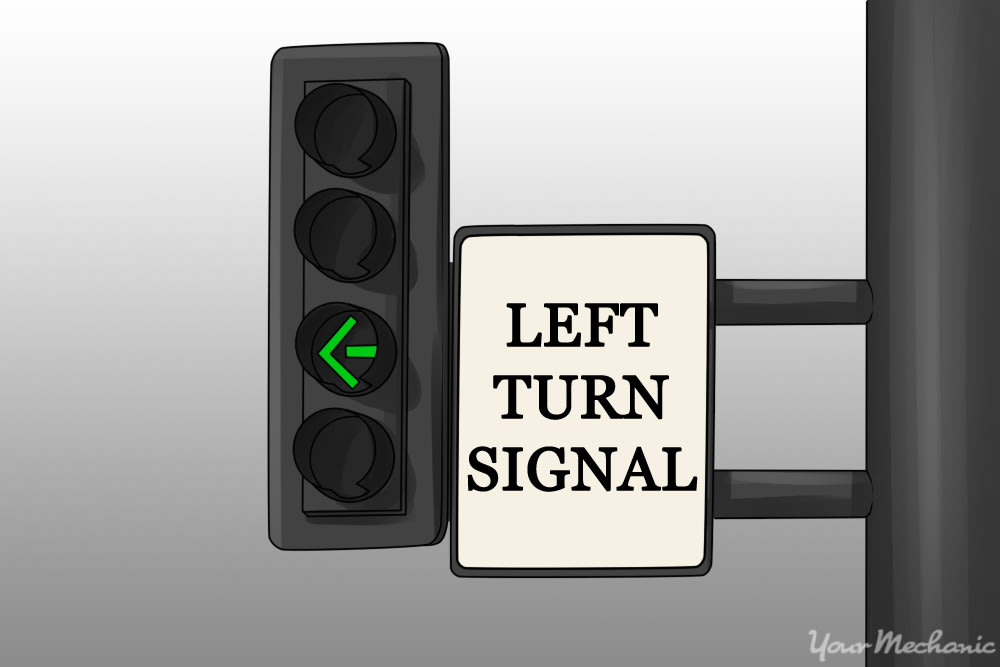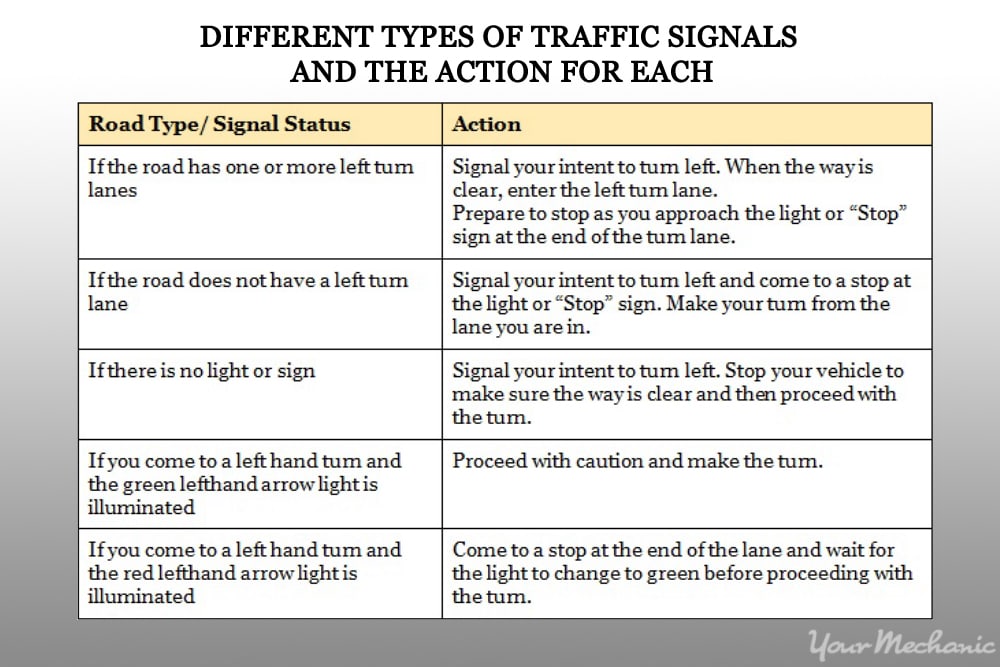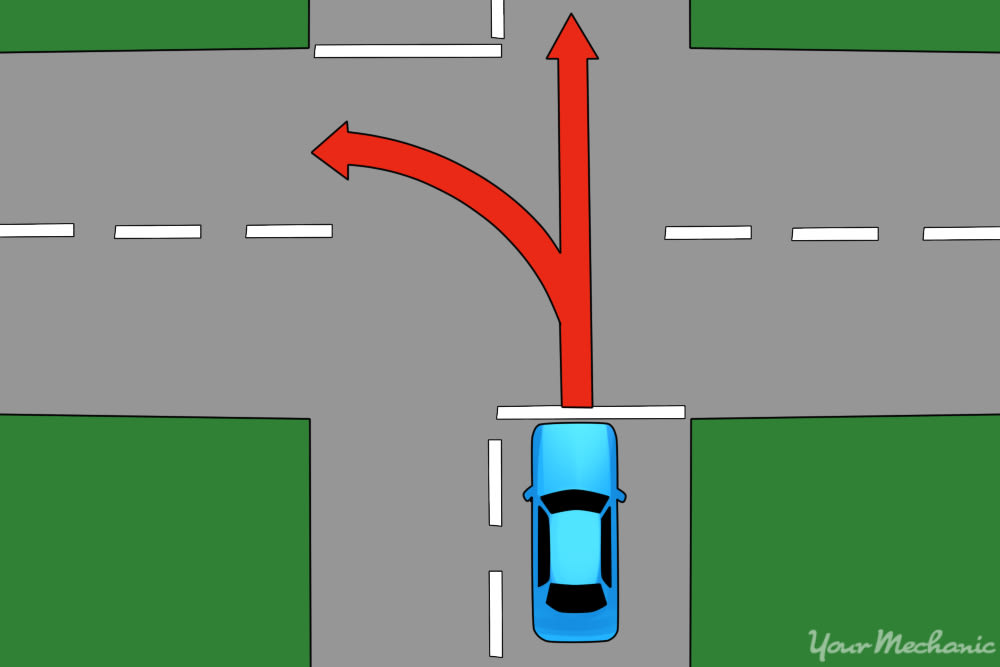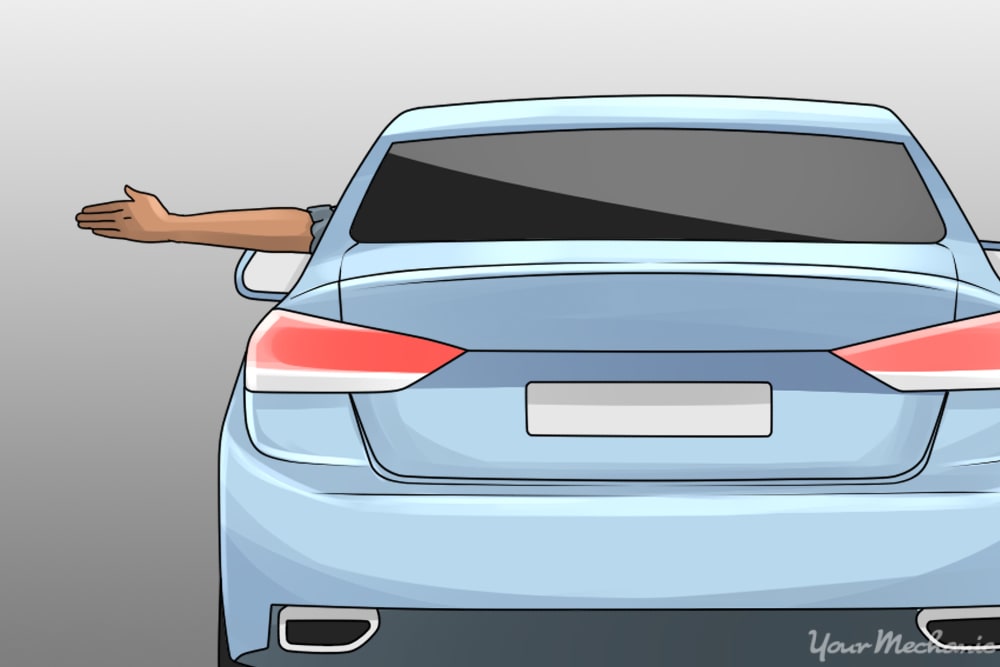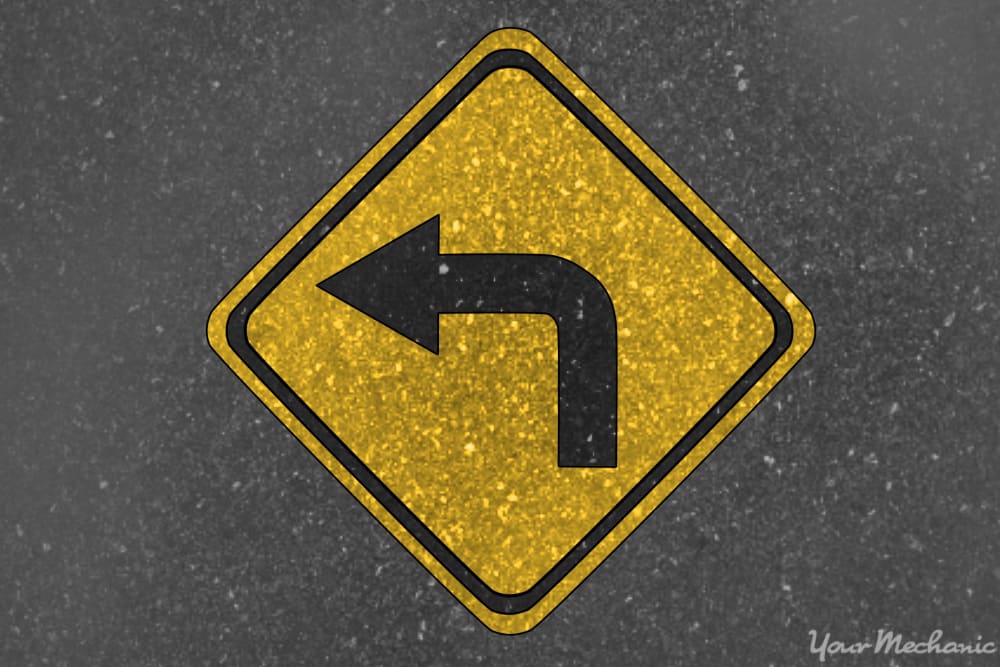

Driving your vehicle can present dangerous situations, such as when turning left against oncoming traffic. Fortunately, modern vehicles come with turn signals to notify the drivers around you of your intent to turn. Traffic lights and signs also make the process easier and safer.
Ultimately, your safety comes down to your knowledge of driving rules, the capabilities of your vehicle, and your understanding of how to use the tools provided to you depending on the situation.
If you learn how to make a lefthand turn using your vehicle's turn signals and familiarize yourself with the hand signals to use if your turn signals fail, you can be prepared and more confident on the road.
Method 1 of 2: Turn left using a turn signal
The easiest and most common way to turn left is to use your vehicle's turn signal. This method involves stopping to make sure the way is clear, turning on your left signal, and then completing the turn once you are sure the way is safe. It is important to observe these safe-driving practices, especially when dealing with oncoming traffic.
Step 1: Come to a complete stop. Before turning left, make sure you come to a complete stop. Come to a stop in the appropriate lane of traffic turning left. Many roadways will have at least one, and sometimes more, left-hand turn lanes.
- Note: In all cases, make sure that you signal your intent to turn left. This makes the drivers around you aware that you plan to turn.
Step 2: Switch on the left turn signal. If you haven't already done so, turn on your left turn signal by clicking the lever down.
While it might seem obvious to experienced drivers, newer drivers can sometimes forget to switch on the turn signals.
- Tip: Make sure to replace blown or broken turn signals. Some vehicles will let you know a turn signal is not working correctly by blinking faster than normal. If you notice a change in how your turn signal functions, such as seeing it speed up, have your signal lights checked by a professional to make sure they are still working properly.
Step 3: Make the left turn. After you have stopped and made sure it is safe to proceed, turn left.
When turning left, especially at a one-way stop, make sure to check to the right to see if there is any oncoming traffic. If yes, wait until it passes and make the turn only when there are no more cars approaching.
- Warning: Turn the wheel gently, making sure to stay in your turn lane. Many accidents have been caused by drivers who drift into another turn lane and hit a vehicle that is already in that lane.
Step 4: Straighten your wheels. Straighten out your wheels as you complete the turn and drive your vehicle straight again. The turn signal should automatically click off after you make your turn. If not, click the lever upwards by hand, to turn it off.
- Tip: If you are at a one-way stop coming from a side road to a main thoroughfare that does not stop, look to the left to see if any oncoming traffic is coming that way. Always ensure that you look left, look right, and then look left again before turning. This way you make sure that both lanes are clear before turning and you check the left just to make sure it is still clear.
Method 2 of 2: Turn left using a hand signal
Sometimes your turn signal might stop working. In this case, use the proper hand signals until you can get your turn signal fixed.
While the hand signals to use when driving are given in the driving manual that many states issue, most drivers have probably forgotten them since they first got their license.
Step 1: Come to a stop. Bring your vehicle to a complete stop at the light, sign, or section of road where you need to turn left.
- Note: Unless you have a lefthand turn signal telling you it is your turn to go, you should always stop to check for oncoming traffic. Even with a left arrow on a traffic light, it is still good practice to slow down a bit and make sure no cars are driving through the red light across the road.
Step 2: Extend your arm. Extend your arm out the driver's side window, keeping it parallel to the ground.
Keep your arm like this until it is safe to proceed with the turn. Once it is safe to turn, pull your arm back in the window and place it back on the steering wheel to make the turn.
Step 3: Turn left. Once you have signaled your intent and are sure other drivers are aware that you are turning left, verify that there is no oncoming traffic, and then make a left hand turn.
Ensure that you stay in the correct lane after making the turn. Some drivers tend to drift into other turn lanes while turning, which can lead to an accident.
Making a lefthand turn is safe and simple when you follow the proper driving procedures. The turn signal is an integral part of your vehicle that must be checked at regular intervals and be maintained well.
If your turn signal lights have burned out or stopped working, ask a certified mechanic, such as one from YourMechanic to replace your turn signal bulbs for you.



